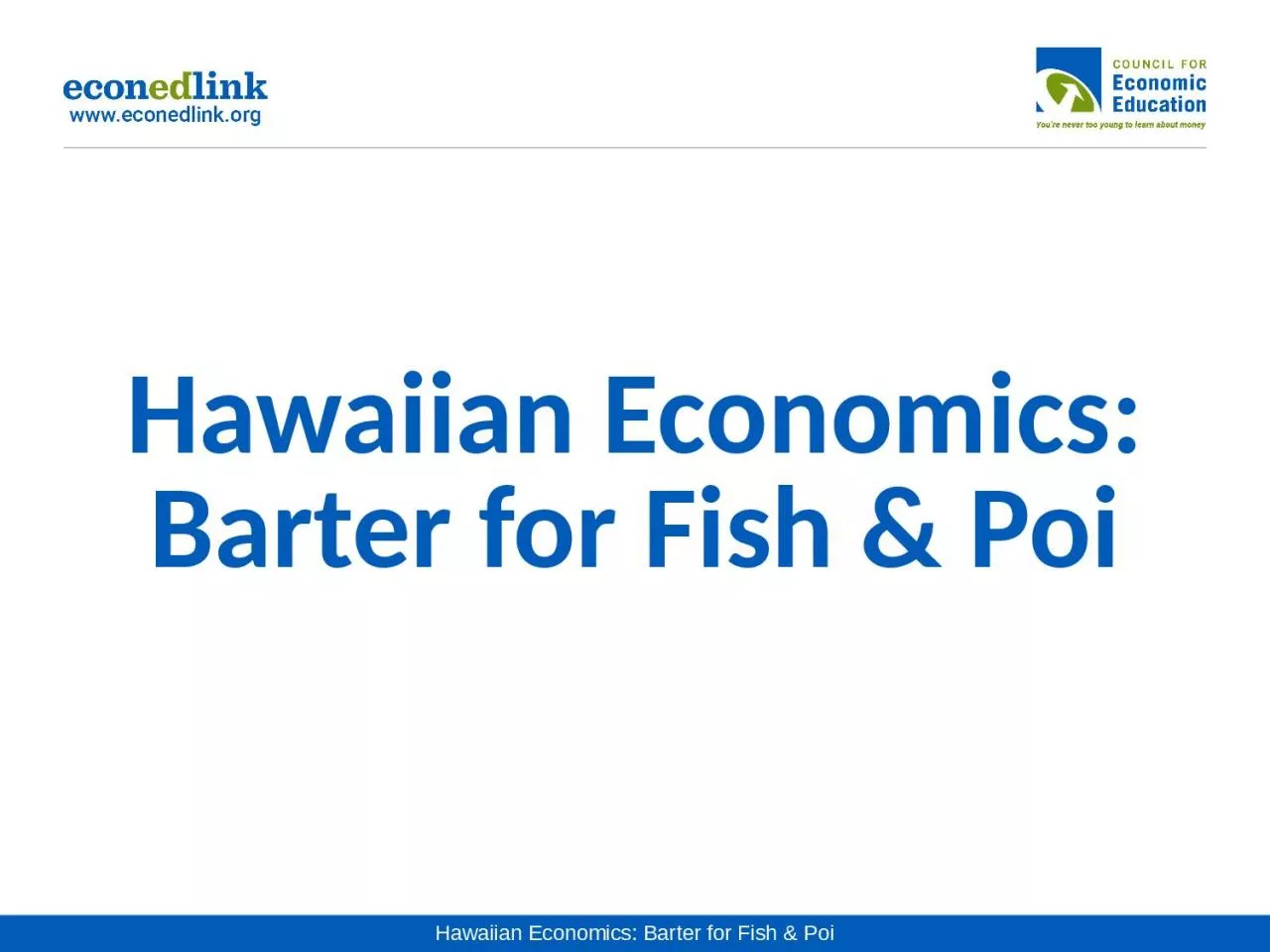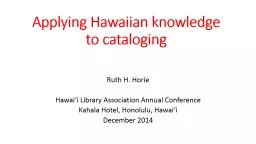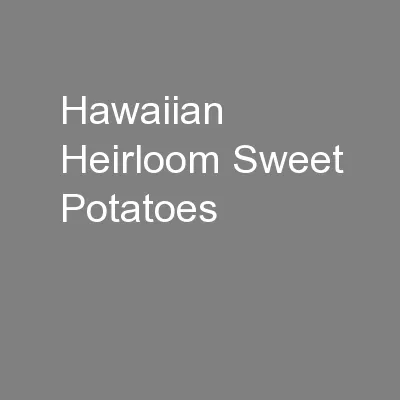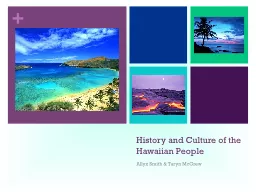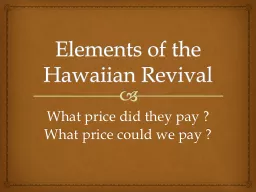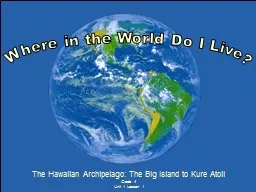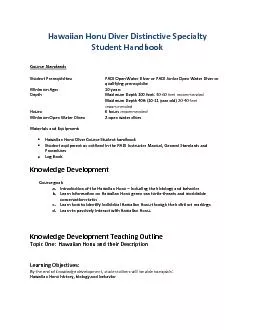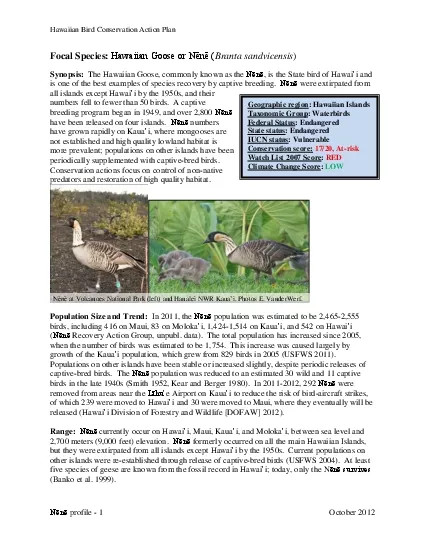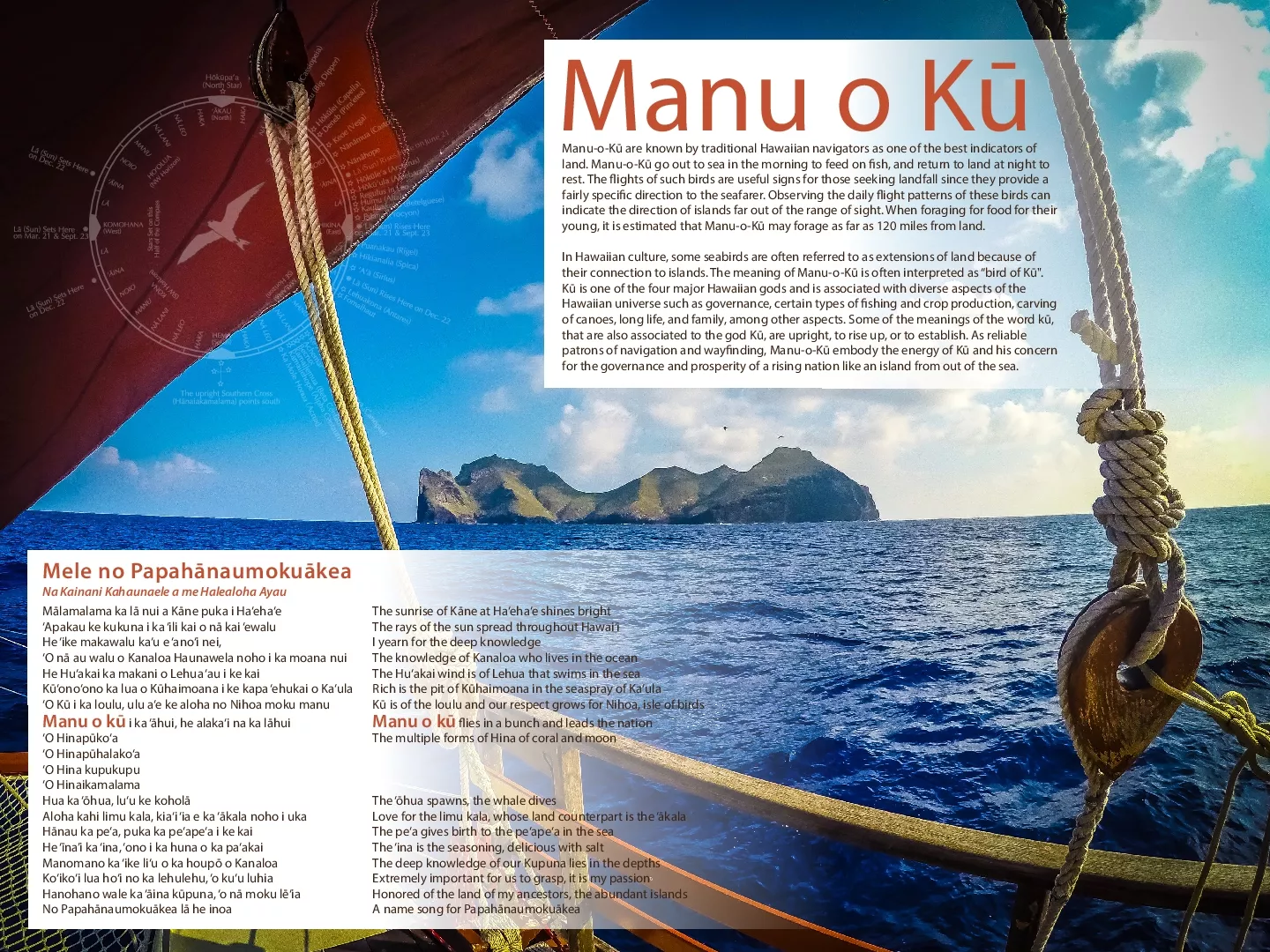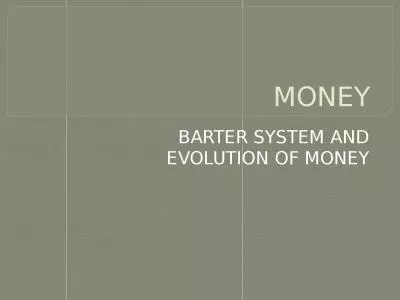PPT-Hawaiian Economics: Barter for Fish & Poi
Author : cora | Published Date : 2023-10-30
Bartering Trading a good or service directly for another good or service without using money or credit Photos of Hawaii Background The Ahupuaa traditional system
Presentation Embed Code
Download Presentation
Download Presentation The PPT/PDF document "Hawaiian Economics: Barter for Fish &..." is the property of its rightful owner. Permission is granted to download and print the materials on this website for personal, non-commercial use only, and to display it on your personal computer provided you do not modify the materials and that you retain all copyright notices contained in the materials. By downloading content from our website, you accept the terms of this agreement.
Hawaiian Economics: Barter for Fish & Poi: Transcript
Download Rules Of Document
"Hawaiian Economics: Barter for Fish & Poi"The content belongs to its owner. You may download and print it for personal use, without modification, and keep all copyright notices. By downloading, you agree to these terms.
Related Documents

